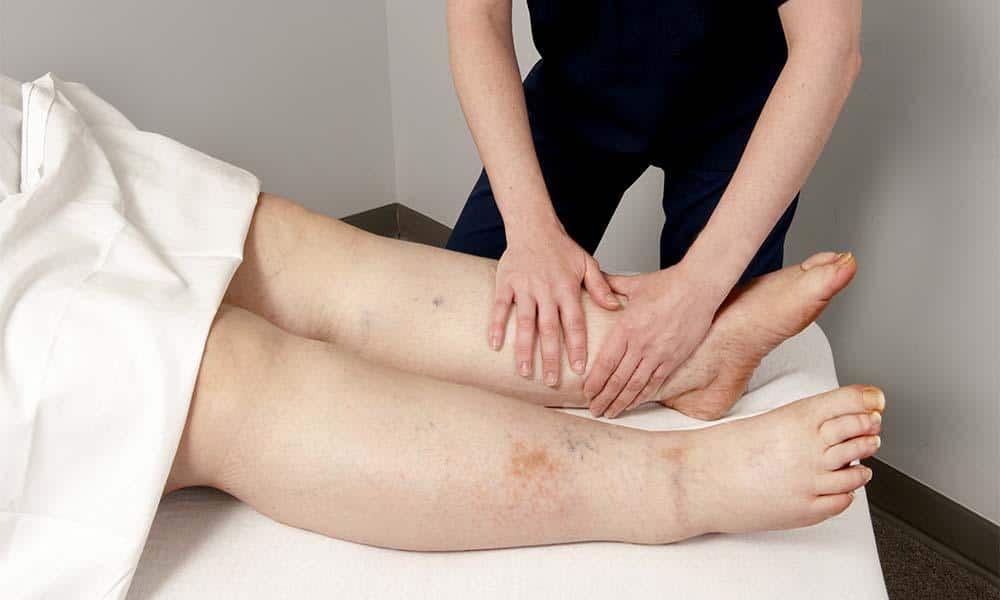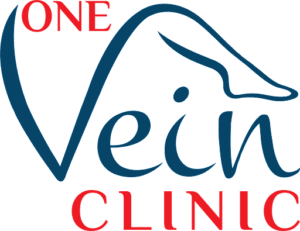Poor circulation can majorly impact leg health. When issues such as leg swelling or cramping arise, it’s vital to check your vascular health as soon as possible.
You should never ignore or put off seeing a health care provider about leg swelling, as it may be a sign of heart or circulatory trouble. Persistent swelling that doesn’t go away requires prompt evaluation.
Trust One Vein Clinic in Augustine, Florida, with all your vascular needs. Our team has extensive experience diagnosing and treating vascular conditions, such as those that cause leg swelling.
Let’s take a closer look at why feet and legs swell and the steps to take when you notice this issue.
Why Are My Legs Swollen?
Leg swelling happens when fluid retention in the legs is known medically as edema. If you have swelling in your legs after sitting or standing for an extended period, or if your swelling worsens throughout the day, you may have peripheral edema, which problems with the circulatory system can cause.
How Healthy Blood Vessels Work
The heart circulates blood through blood vessels, transporting it to and from all body parts. The vascular system refers to the entire network of blood vessels.
Blood vessels have valves that keep blood flowing in one direction. The blood vessels in your legs must work against gravity to do their job. Problems arise when these valves become weak or damaged. In other cases, fat accumulates in blood vessels, causing narrowing.
Chronic Venous Insufficiency
Chronic venous insufficiency occurs when vein valves don’t work as well as they should. Instead of keeping blood flowing in one direction toward the heart, the weak or damaged valves allow blood to flow backward. This causes blood to pool in the legs. Other than leg swelling, other common symptoms include:
- Dull aching legs
- Slow-healing leg sores
- Leg weakness
- Leg cramping
You may also notice some skin changes. The skin on the legs may turn blue, pale, or otherwise discolored. It’s also typical to develop slow-healing leg sores.
Peripheral Artery Disease
The peripheral vascular system comprises all the arteries and veins outside the heart and head. Peripheral artery disease (PAD), which most commonly affects the legs, is a significant issue that can cause leg pain and swelling.
In PAD, the narrow arteries reduce blood flow to the legs. Fatty deposits in the arteries most commonly cause it. A sticky plaque of fats, proteins, calcium, and debris forms on the walls, preventing normal blood flow.
Treating Vascular Disease
Our top priority is getting you the effective treatment you need to keep your vascular system as healthy as possible. Untreated vascular disease can progress and cause serious health complications.
One Vein Clinic is committed to providing comprehensive care to patients with vascular disease by employing the most effective techniques to prevent, diagnose, and treat vascular problems. Early detection of vascular disease is key. If you notice swelling in your legs, ankles, or feet, it’s critical to figure out what’s causing it.




